Can a push of a virtual button, or a click of a plastic computer mouse, really change our world?
The generation before me consisted of traditional activists who rebelled against an American society that they thought had wrongfully sent young men to kill Southeast Asians without much clear rationale, other than to fight some political theory that supposedly threatened democracy.
Back in the 1960s, the young adults who differed with our country's political leaders fought hard to change the direction of their country and world.
Back then, there were no IPads, internet, or smartphones -- just their cardboard signs, megaphones, and power in numbers. They changed their world with sit-ins, love-ins, and physical battles with shielded police sporting batons and water cannons.
Those grainy black and white television images of young people with headbands, long hair, and bell-bottom jeans standing up to armored national guards still resonant today.
Today's activists, however, don't typically knock heads with plastic police shields or get hosed down by a coercive stream of water. Why put yourself in harms way when you can sit at your Ikea desk, open up your MacBook Air, and click a few electronic buttons?
Click, click, click, and you just reduced carcinogens in the environment. Click, click, to join the fight to end AIDS. Click, and that emaciated Third World child will eat a well-nourished supper tonight.
Changing the world is way easier today than when those hippies in the 1960s battled it out with angry uniformed men. All you need to do today is join some cool world-changing movement on Change.org in the comfort of your bedroom in your parents' house, and you are a bona-fide activist. Just ignore those critics who call you a slacktivist.
Click, click, and you just housed a homeless person.
Wait. Is it that easy? For decades, homeless advocates have been struggling to help people on the streets overcome mental health issues, addictive behavior, and find permanent housing that would nurture people back to physical and emotional health. Can a click of an electronic button do all of that with one simple push?
I wish ending homelessness was as simple as pressing that bright red Staples Easy Button. Can a simple tweet house a homeless person?
Of course, one click of a button won't magically transport a family of three from living in their van to walking across the threshold of an apartment. But as homeless advocates are figuring out today, it takes the whole community to mobilize enough resources to permanently house their homeless neighbors.
And that's where social media is at its best, when a community wants to mobilize everyone.
So why not create a KONY 2012-type of campaign to end homelessness? Create a moving, very personal YouTube video of why our country needs to end homelessness, and then tweet it out to celebrities who have the influence to rally millions of people.
In fact, why not tweet those celebrities who have been homeless themselves. Famous people like Jim Carrey, Hilary Swank, and Shania Twain.
"Hey @JimCarrey, you already know homelessness is not a joke! Help end homelessness."
"@HilaryASwank, you know the drama of being homeless. Help us end homelessness."
"@ShaniaTwain, you know homelessness is not a beautiful country ballad. Help end homelessness."
I know, it may sound like a desperate gimmick. But when the drama of homelessness has sadly persisted for decades in this country we need all the help we can get.
So should we start clicking away?
